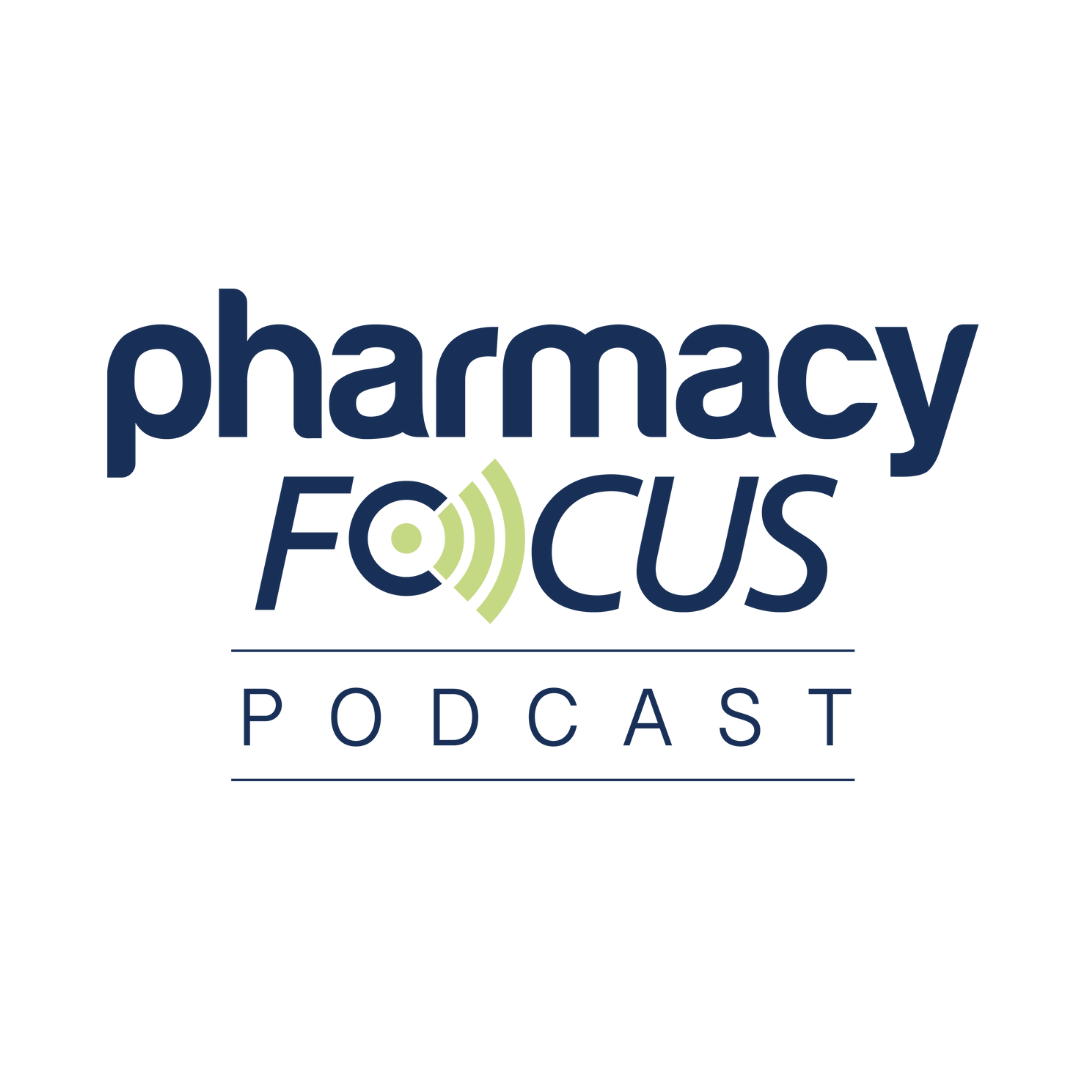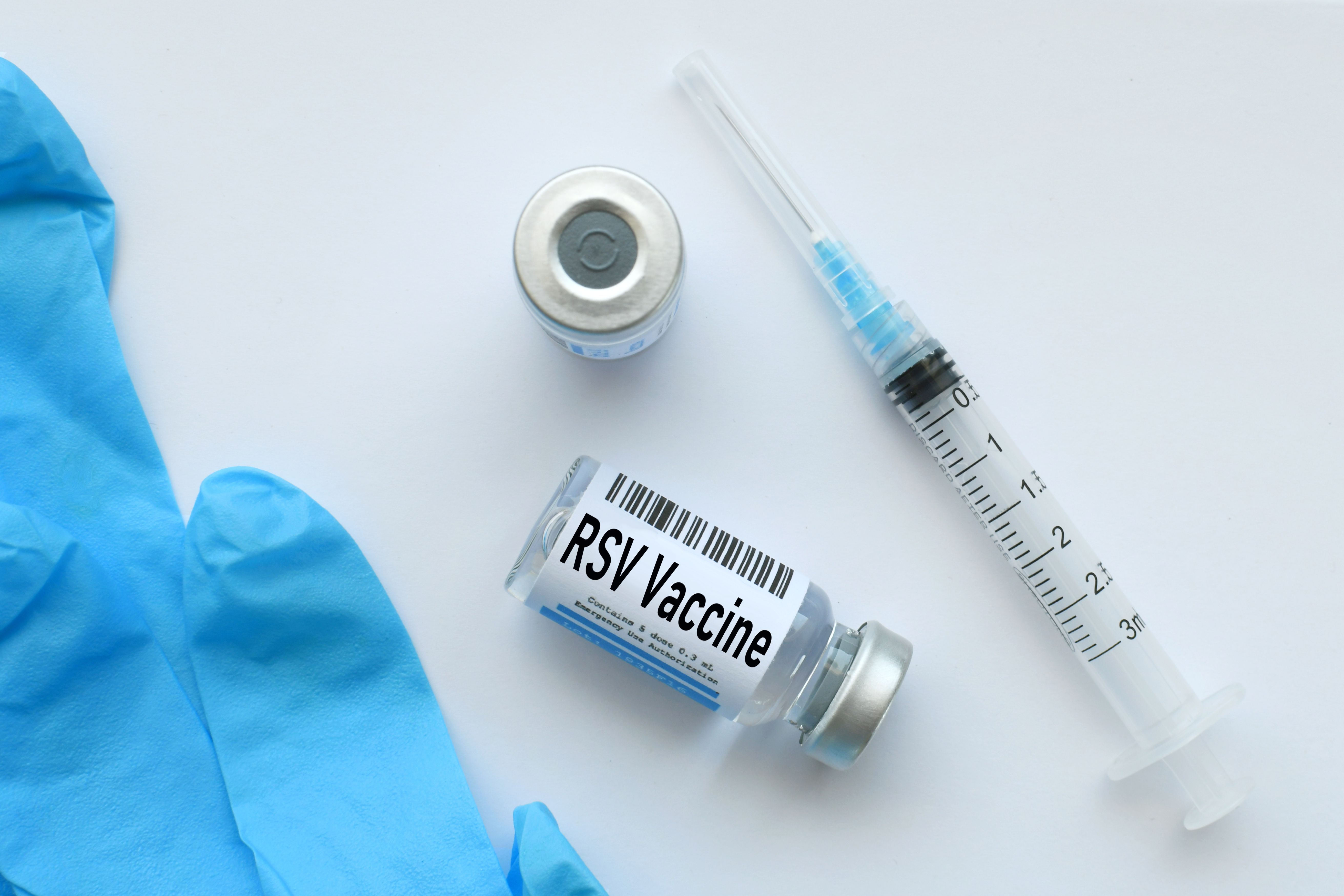Publication
Article
Pharmacy Times
Family Planning
Author(s):
Key Takeaways
- Prenatal vitamins should be started at least one month before conception, emphasizing folic acid for neural tube development.
- Ovulation prediction kits detect luteinizing hormone surges, aiding in identifying the fertility window for conception.
Essential tips on prenatal vitamins, ovulation kits, pregnancy tests, and emergency contraception for effective family planning and pregnancy preparation.
Case 1: Prenatal Vitamins
Q: JS is a 29-year-old woman who approaches the pharmacy counter seeking advice on prenatal vitamins. She recently stopped using oral contraceptives and is planning to conceive within the next few months. She expresses confusion about which prenatal vitamin to choose because there are so many options. She doesn’t know what is important to look for or why these vitamins have iron and docosahexaenoic acid (DHA) in them. What recommendations should the pharmacist give JS?
Image Credit: pressmaster | stock.adobe.com

A: The pharmacist should explain to JS that women who are trying to conceive should begin taking prenatal vitamins at least 1 month before conception. They should emphasize the importance of folic acid, which plays a critical role in the early development of the neural tube, which becomes the baby’s brain and spinal cord. A daily intake of 400 μg to 800 μg of folic acid is recommended to help reduce the risk of neural tube defects.1
Case 2: Ovulation Prediction Kits
Q: SS, a 34-year-old woman, comes to the pharmacy asking about ovulation prediction kits (OPKs). She and her partner have been trying to conceive for 6 months without success. She wants to improve her chances by identifying her fertility window more precisely. She is unfamiliar with how OPKs work and asks for guidance. What recommendations should the pharmacist give SS?
A: OPKs work by detecting the surge in luteinizing hormone that occurs 24 to 36 hours before ovulation. For someone with a regular 28-day cycle, it is recommended to begin testing around day 10 and to test at the same time each day, ideally in the morning when urine is most concentrated. The pharmacist should review the different types of OPKs available, including simple test strips that require interpretation of line intensity and digital versions that display a clear result, such as a smile, to indicate fertility. Most kits contain multiple tests to allow for daily testing over several days. The pharmacist should also counsel SS that certain health conditions, such as polycystic ovary syndrome, or the use of fertility medications can affect OPK accuracy. It is important to carefully follow the instructions provided with the kit to ensure the most accurate results.3
Case 3: Pregnancy Testing
Q: ER, a 26-year-old woman, visits the pharmacy looking for a pregnancy test. She shares that her period is 2 days late and that she has been trying to get pregnant. She is unsure which test to choose and asks how soon she can get an accurate result. She also wants to know how to interpret the results and what steps to take if the result is negative. What recommendations should the pharmacist give ER?
A: Most OTC urine pregnancy tests work by detecting human chorionic gonadotropin (hCG), a hormone produced shortly after a fertilized egg implants in the uterus. Although some brands advertise early detection up to 6 days before a missed period, the most accurate results occur on or after the first day of a missed period. Because she is already 2 days late, testing now should give a reliable result. The pharmacist should recommend selecting a highly sensitive test and suggest using it first thing in the morning, when urine is most concentrated and hCG levels are highest. The pharmacist should walk her through the testing process, including how to collect the urine sample, how long to wait, and how to read the result. It is also important to note that even a faint positive line typically indicates pregnancy. If the test result is negative, she should be advised to retest in a few days if her period still hasn’t arrived. If her cycle remains irregular or she has other concerns, she should contact her health care provider for further evaluation.4
Case 4: Emergency Contraception
Q: MS, a 22-year-old college student, presents to the pharmacy late one evening, visibly upset. She reports that a condom broke during intercourse the previous night and is urgently seeking emergency contraception (EC). She’s aware that Plan B One-Step is available OTC but is unsure whether she is still within the effective window for use. She asks whether it’s appropriate for her and whether it will still work.
A: The pharmacist should reassure MS that she is still within the effective time frame. Levonorgestrel 1.5 mg (Plan B One-Step) is most effective when taken as soon as possible after unprotected intercourse and can be used up to 72 hours afterward. The pharmacist should explain to MS that the effectiveness decreases with time but is highest (up to 87%-89%) when taken within the first 24 hours. Other EC options exist, such as ulipristal acetate (Ella), which is a prescription EC that can be effective up to 5 days after unprotected sex and may be more effective than levonorgestrel 1.5 mg in the later part of the window or if MS has a higher body weight (> 165 lb). Given the timing and accessibility, levonorgestrel 1.5 mg is an appropriate and safe option for MS, provided she takes it as soon as possible. The pharmacist should educate her that she may experience nausea and can have changes in her menstrual cycle. She should also be advised that EC is not an abortion pill and does not work if she is already pregnant.5,6
REFERENCES
About folic acid. CDC. May 20, 2025. Accessed June 17, 2025. https://www.cdc.gov/folic-acid/about/index.html
Folate. National Institutes of Health Office of Dietary Supplements. Updated November 30, 2022. Accessed June 17, 2025. https://ods.od.nih.gov/factsheets/Folate-HealthProfessional/
Ovulation (urine test). FDA. Updated February 4, 2018. Accessed June 17, 2025. https://www.fda.gov/medical-devices/home-use-tests/ovulation-urine-test
Pregnancy. FDA. Updated April 29, 2019. Accessed June 17, 2025. https://www.fda.gov/medical-devices/home-use-tests/pregnancy
It’s time you meet Ella. Laboratoire HRA Pharma. Accessed June 17, 2025. https://www.ellarx.com/pages/meet-ella
Plan B One-Step (1.5 mg levonorgestrel) Information. FDA. Updated December 23, 2022. Accessed June 17, 2025. https://www.fda.gov/drugs/postmarket-drug-safety-information-patients-and-providers/plan-b-one-step-15-mg-levonorgestrel-information

Newsletter
Stay informed on drug updates, treatment guidelines, and pharmacy practice trends—subscribe to Pharmacy Times for weekly clinical insights.





